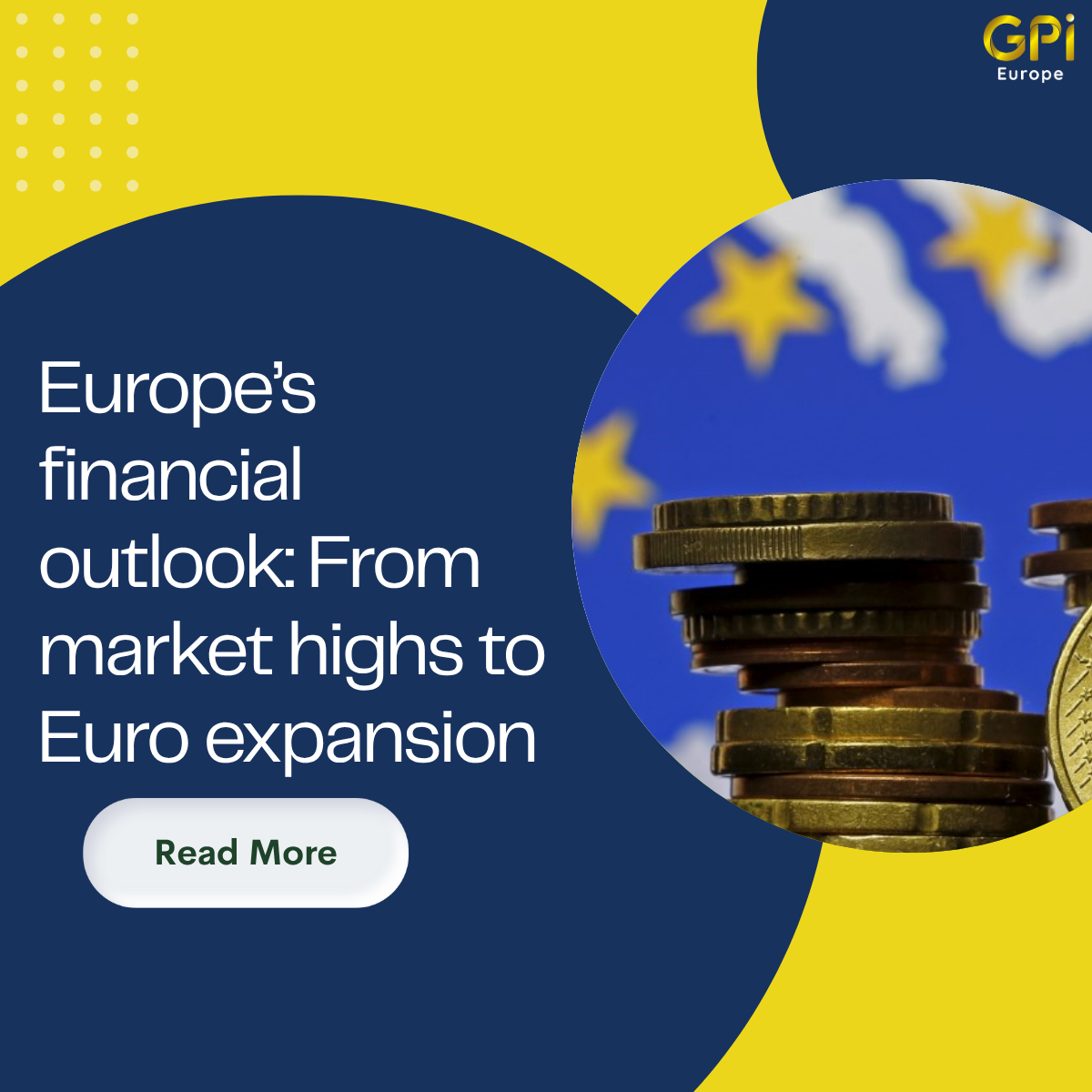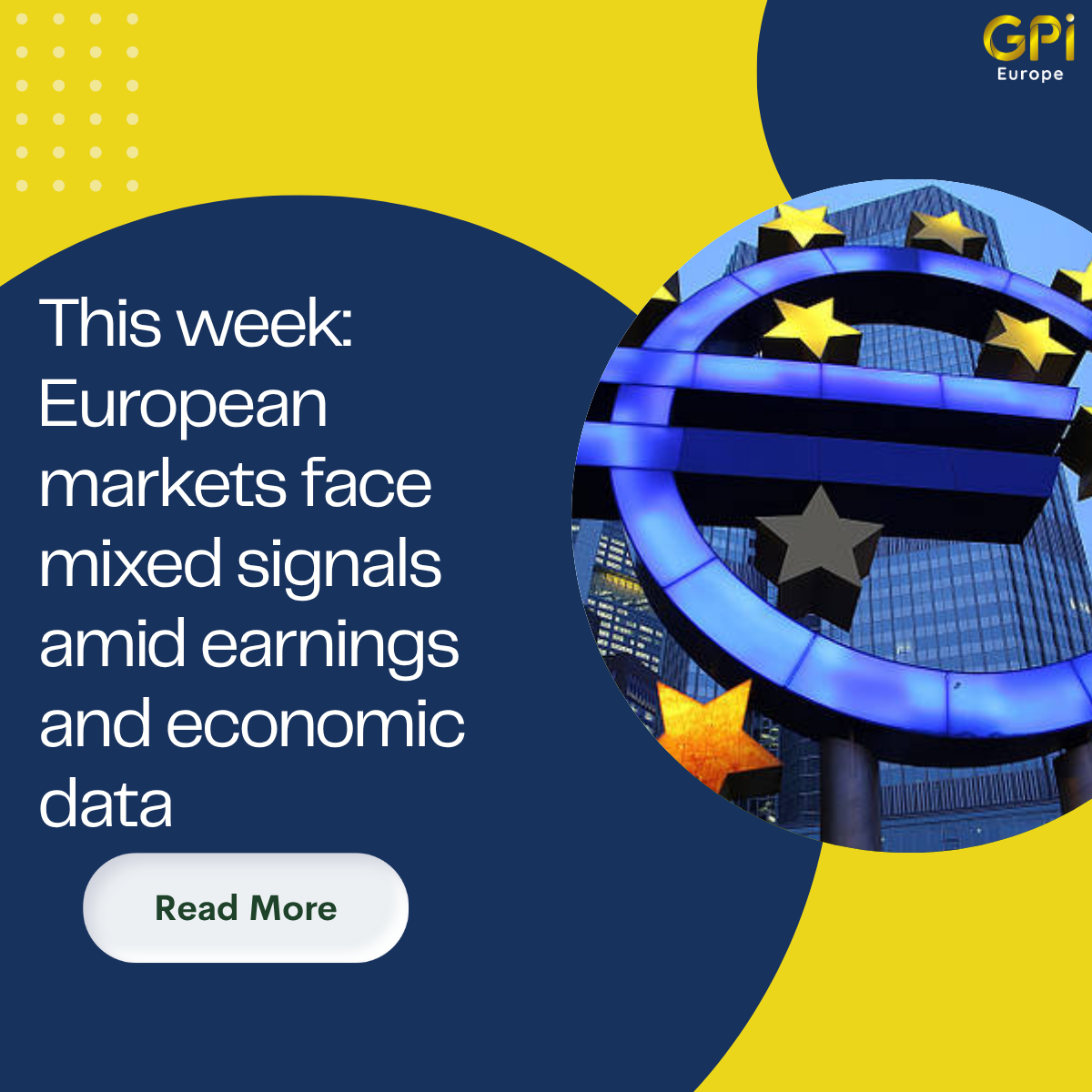Europe’s financial outlook: From market highs to Euro expansion
This week has been a pivotal one for Europe’s financial landscape, with headlines ranging from stock market records to strategic moves in monetary policy and digital currency. Together, these developments provide a snapshot of a region steadily navigating economic transformation and global uncertainty.
The UK’s FTSE 100 index soared to a new all-time high of 8,975.66 points, driven largely by strong performances in mining and industrial stocks. Companies like Glencore and Rio Tinto led the charge, with Glencore alone rising nearly 39%. The gains are partly attributed to optimism that the U.S. may ease its approach on tariffs, boosting commodity demand and investor sentiment. This rally reflects not only corporate strength but also renewed investor confidence in the UK market.
In a landmark decision, the European Union formally approved Bulgaria’s adoption of the euro, scheduled for 1 January 2026. The exchange rate has been fixed at €1 = 1.95583 Bulgarian lev. This marks a significant step toward further European integration and demonstrates the eurozone’s ongoing appeal—even after challenges like Brexit and inflationary pressures. For Bulgaria, joining the euro is expected to enhance trade, reduce currency risk, and increase investor confidence.
Meanwhile, in Rome, European leaders gathered for the Fourth Ukraine Recovery Conference, focusing on long-term support for rebuilding the war-torn country. Italian Prime Minister Giorgia Meloni pledged €300 million in support for Italian firms involved in Ukraine’s reconstruction. With Ukraine facing a $19 billion budget shortfall, the summit underlined the European Union’s strategic and financial commitment to Ukraine’s future. The aid is not just humanitarian—it also represents a calculated investment in regional stability and future economic cooperation.
In parallel with traditional monetary developments, the European Central Bank (ECB) continues to advance its digital euro initiative. A trial platform launched in June is currently being tested by about 70 participants, including financial institutions and fintech firms. The digital euro aims to complement cash while ensuring the eurozone remains competitive in the face of growing digital payment ecosystems globally. Though still in its early stages, this project could fundamentally reshape how Europeans transact in the coming decade.
Lastly, following a 25 basis point rate cut in June, ECB officials are signalling a cautious path forward. Lithuanian central banker Gediminas Šimkus noted that no rate cut is expected in July, and future decisions will be made “meeting by meeting.” With inflation gradually approaching the 2% target, the ECB appears focused on balancing monetary support for growth with its mandate to maintain price stability.
From bold market gains in London to strategic expansions of the euro and digital currency development, Europe’s financial sector is in motion. These developments reflect a region that is adapting to global shifts with resilience and innovation—whether through economic integration, digital transformation, or geopolitical responsibility. For investors and financial professionals, Europe remains a space to watch closely.




